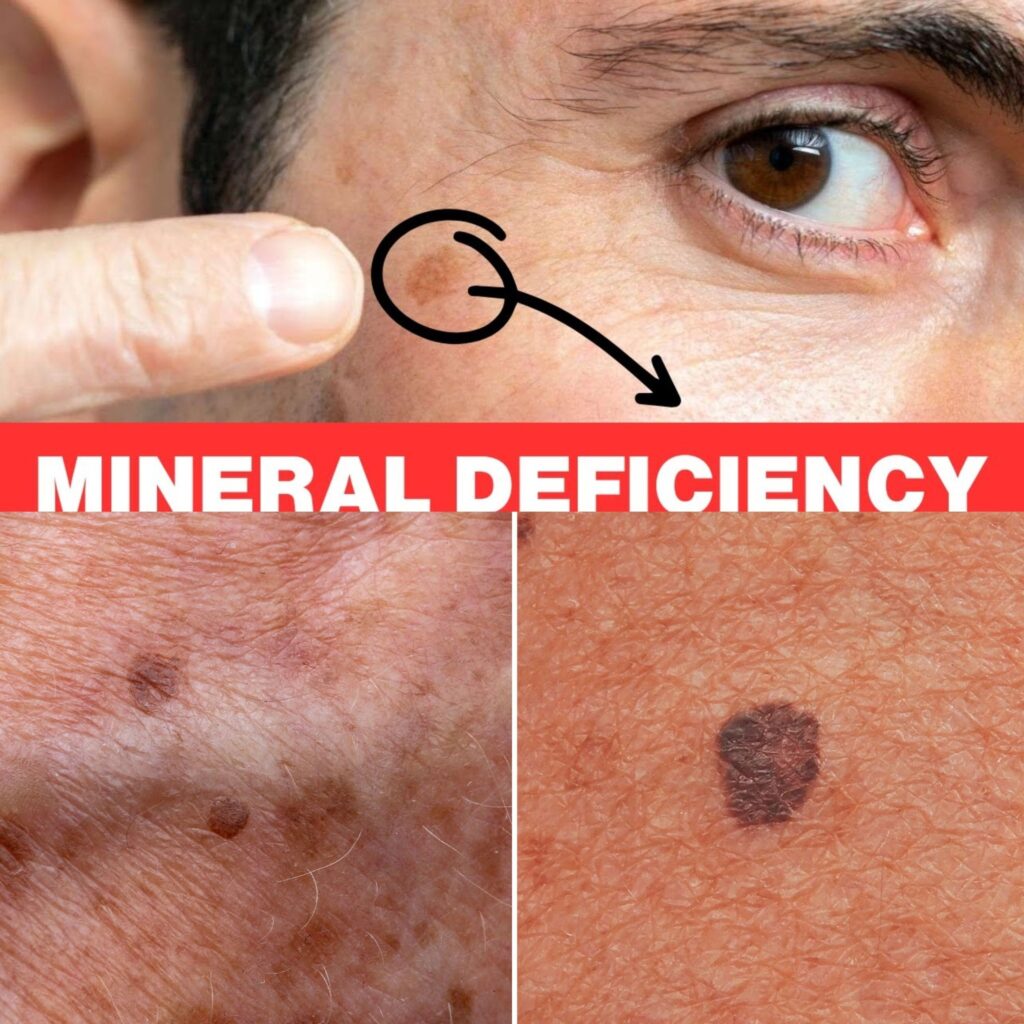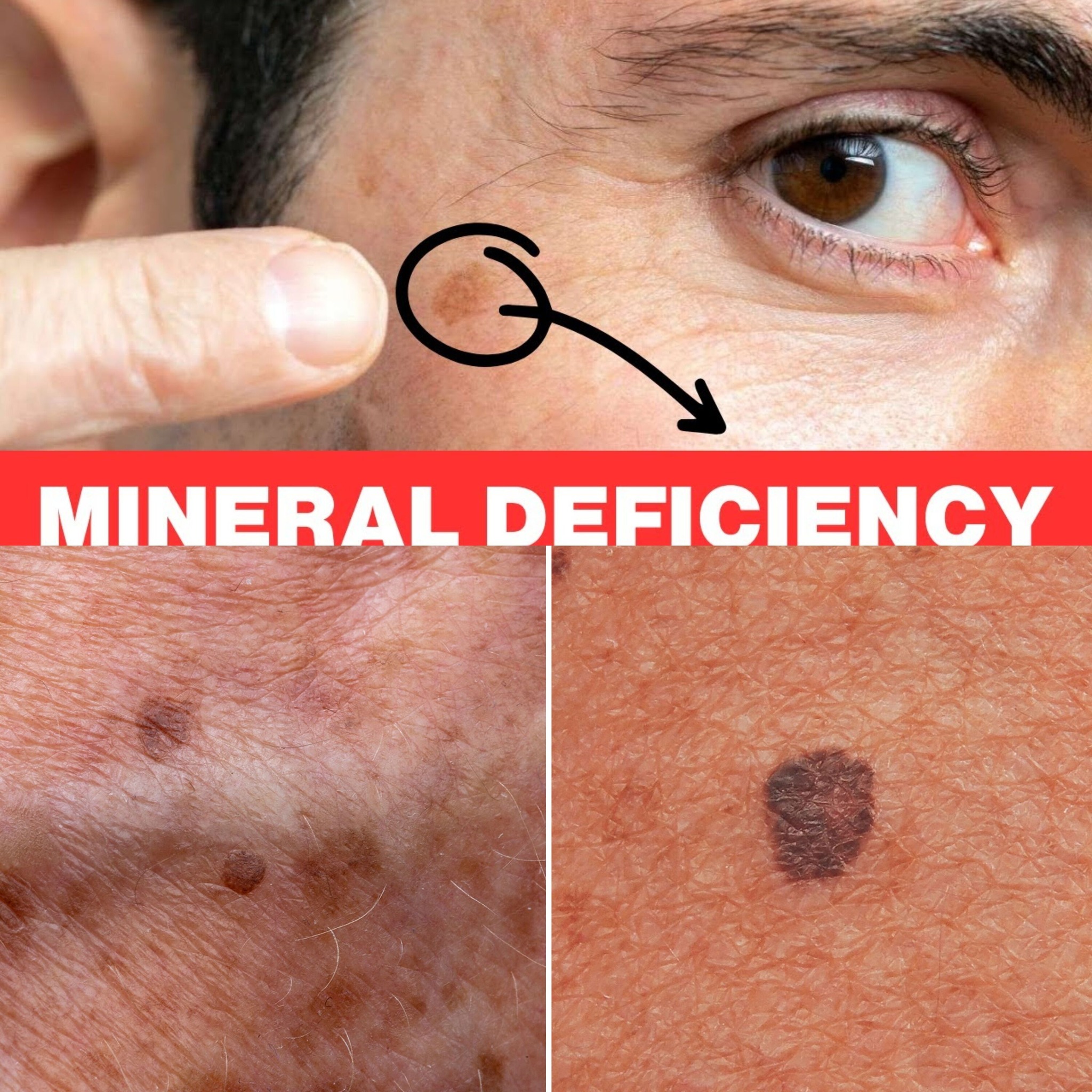
Is Selenium Deficiency Behind Your Age Spots? Understanding Selenium’s Role in Skin Health
Age spots—also known as liver spots or solar lentigines—are often associated with aging and prolonged sun exposure. While factors like genetics and UV exposure play significant roles, a lesser-known contributor to age spots is a deficiency in specific minerals, particularly selenium. Understanding how selenium supports skin health can offer insights into preventing or reducing age spots.
Why Selenium Matters for Your Skin
Antioxidant Properties
Selenium is a potent antioxidant that helps shield skin from free radical damage caused by UV rays and environmental stressors. Free radicals accelerate aging, leading to visible signs like age spots. Selenium’s ability to neutralize these free radicals supports an even skin tone and helps reduce discoloration.
Supports Skin Elasticity
Selenium promotes the production of glutathione, an antioxidant produced naturally in the body. Glutathione maintains skin firmness and elasticity, and its production is enhanced by selenium, which can help keep skin supple and resilient.
Prevents Cellular Damage
A steady supply of antioxidants, facilitated by selenium, can prevent the cellular damage that leads to age spots and skin discoloration. This cellular protection is essential for maintaining youthful and healthy skin.
Enhances Immune Function
Selenium strengthens immune function, which is vital for overall skin health. A robust immune system helps the body fend off infections and conditions that may impact skin appearance.
Selenium-Rich Foods
Selenium-Rich Foods
To boost selenium intake, include the following foods in your diet:
Brazil nuts: Among the richest sources of selenium—just one or two per day meets your daily requirement.
Seafood: Tuna, halibut, and sardines are high in selenium.
Meat: Beef, chicken, liver, and turkey are good sources.
Eggs: These provide selenium alongside essential vitamins and minerals.
Whole grains: Brown rice, whole-wheat bread, and oatmeal are nutritious options with selenium.
Supplementing with Selenium
While food sources are ideal, selenium supplements are available if needed. Note, however, that excessive selenium can be harmful. The recommended daily allowance (RDA) for adults is 55 micrograms, though individual needs may vary. Always consult a healthcare provider before starting a new supplement.
Incorporating Selenium in Skincare
In addition to dietary sources, some topical skincare products contain selenium, providing localized antioxidant benefits directly to the skin. Look for serums and creams with selenium, particularly those aimed at anti-aging or skin-brightening.
Conclusion
If you’re concerned about age spots or your skin’s overall health, consider assessing your selenium intake. Sufficient selenium from diet or supplements can help defend your skin against premature aging and improve its appearance. Remember, a balanced diet and a well-rounded skincare routine offer the best protection against age spots and other signs of aging.
